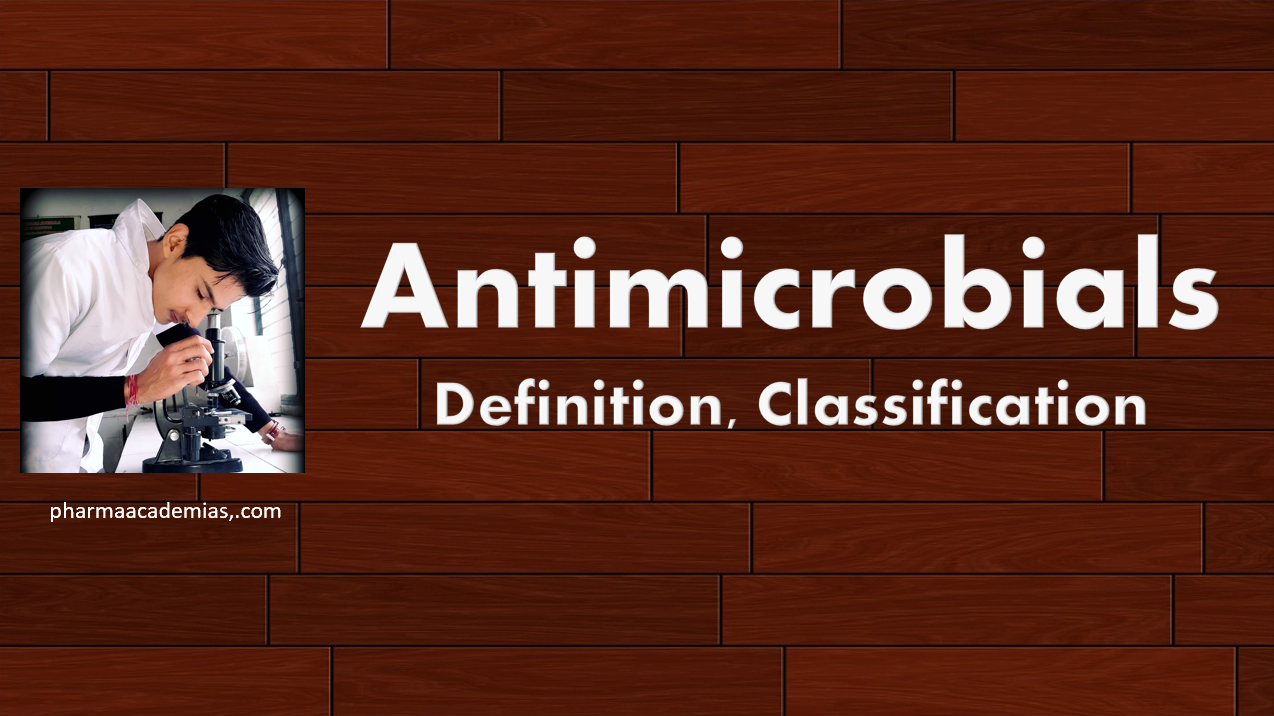Anti-microbials refer to substances or agents that can inhibit the growth or destroy microorganisms, including bacteria, viruses, fungi, and parasites. These agents are crucial in preventing, controlling, and treating infectious diseases in humans, animals, and plants.
Different classes of antimicrobial agents are designed to target specific types of microorganisms or interfere with their growth and reproduction.
Categories of antimicrobials
1. Antibiotics: Substances derived from living organisms or synthesized in the laboratory specifically target bacteria. Antibiotics can kill bacteria (bactericidal) or inhibit their growth (bacteriostatic).
2. Antivirals: Agents designed to combat viral infections by inhibiting the replication of viruses. They treat conditions caused by viruses, such as influenza, HIV, and herpes.
3. Antifungals: Substances that inhibit the growth and spread of fungi. Antifungals treat fungal infections, including those affecting the skin, nails, and internal organs.
4. Antiparasitic Agents: Medications designed to combat parasitic infections caused by protozoa or helminths. These agents are crucial in treating diseases like malaria and certain worm infestations.
5. Antiseptics and Disinfectants: Chemical substances applied to living tissues (antiseptics) or inanimate objects and surfaces (disinfectants) to eliminate or reduce the number of microorganisms.
The use of antimicrobials has significantly contributed to the control of infectious diseases and the improvement of public health. However, the emergence of antimicrobial resistance is a growing concern, emphasizing the importance of responsible and judicious use of these agents to preserve their efficacy.
Classification of Antimicrobials
Antimicrobials are classified into several categories based on their target microorganisms, mechanisms of action, and specific characteristics. The primary classes of antimicrobials include:
1. Antibiotics:
Penicillins: e.g., Penicillin, Amoxicillin.
Cephalosporins: e.g., Cephalexin, Ceftriaxone.
Macrolides: e.g., Erythromycin, Azithromycin.
Tetracyclines: e.g., Tetracycline, Doxycycline.
Aminoglycosides: e.g., Gentamicin, Tobramycin.
Fluoroquinolones: e.g., Ciprofloxacin, Levofloxacin.
2. Antivirals:
Nucleoside Nucleotide Reverse Transcriptase Inhibitors (NRTIs): e.g., Zidovudine, Tenofovir.
Protease Inhibitors (PIs): e.g., Atazanavir, Ritonavir.
Neuraminidase Inhibitors: e.g., Oseltamivir, Zanamivir.
Fusion Inhibitors: e.g., Enfuvirtide.
Integrase inhibitors: e.g., Raltegravir and Dolutegravir.
3. Antifungals:
Polyenes: e.g., Amphotericin B, Nystatin.
Azoles: e.g., Fluconazole, Ketoconazole.
Echinocandins: e.g., Caspofungin, Micafungin.
Allylamines: e.g., Terbinafine.
4. Antiparasitic Agents:
Antimalarials: e.g., Chloroquine, Artemisininbased combinations.
Anthelmintics (Antihelminthics): e.g., Mebendazole, Albendazole.
Antiprotozoals: e.g., Metronidazole, Quinine.
5. Antiseptics and Disinfectants:
Alcohols: e.g., Ethanol, Isopropyl alcohol.
Quaternary Ammonium Compounds: e.g., Benzalkonium chloride.
Chlorhexidine: e.g., Chlorhexidine gluconate.
Halogens: e.g., Iodine, Chlorine compounds.
6. Others:
Sulfonamides and Trimethoprim: e.g., Sulfamethoxazole Trimethoprim.
Nitrofurans: e.g., Nitrofurantoin.
Glycopeptides: e.g., Vancomycin, Teicoplanin.
It’s important to note that individual agents may have variations in their spectrum of activity, mechanisms of action, and clinical uses within each class. Additionally, the classification may evolve as new antimicrobial agents are developed and introduced into clinical practice.


1 thought on “Antimicrobials – Definition, Classification”